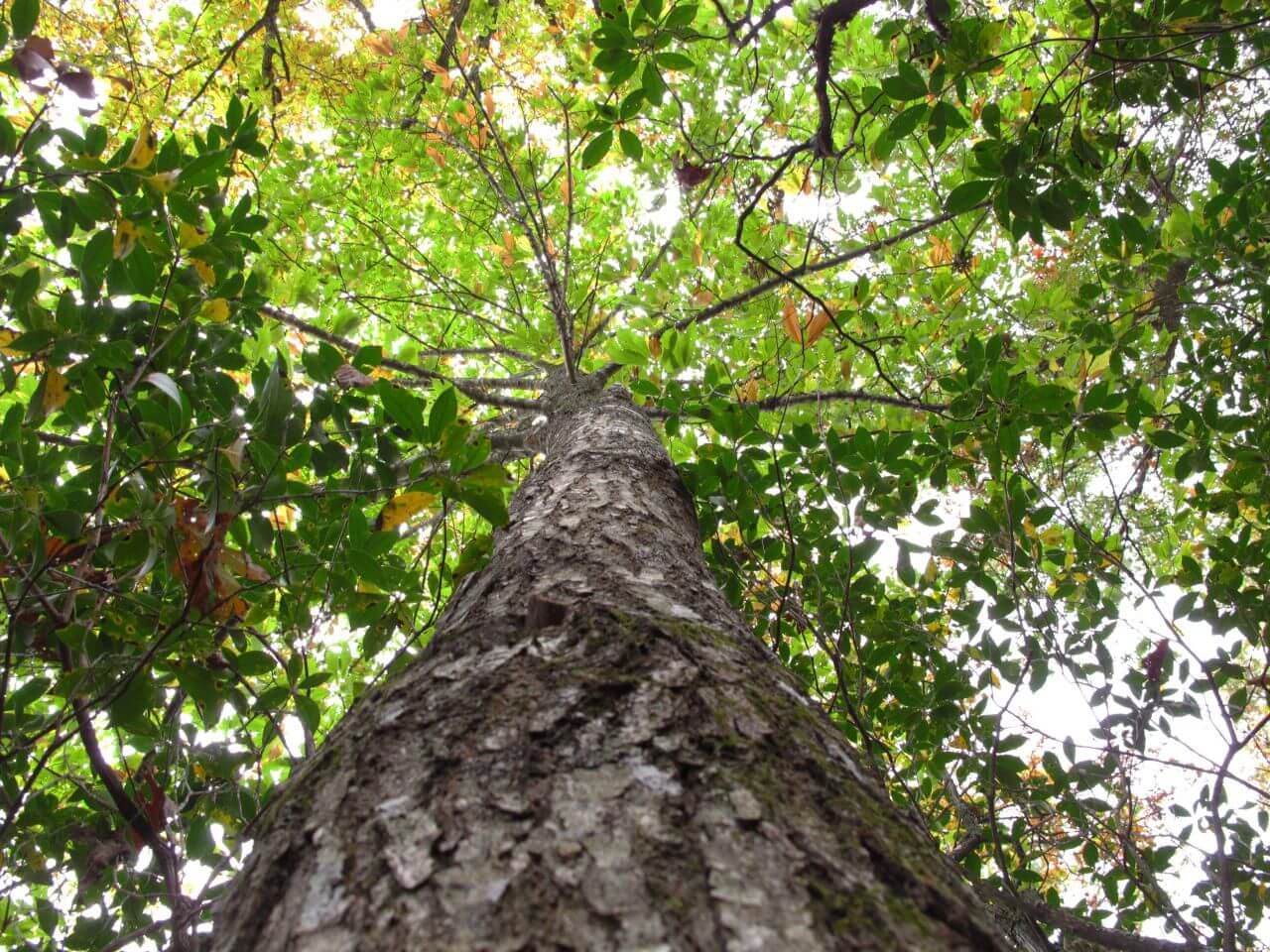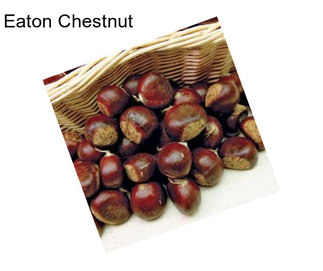
He prefers the laborious process of collecting pollen from a healthy tree, drying it, jarring it, and driving it 20 hours to another healthy chinquapin to hand-pollinate it. A tree’s role in an ecosystem is so complex and nuanced, he says, that if you reengineer a species even a little bit, it can have unintended consequences. In hopes of muscling that tree through to survival, researchers create DNA hybrids that are 15/16 American chestnut and 1/16 blight-resistant Chinese chestnut. The American chestnut, the chinquapin’s more famous cousin that was also decimated by chestnut blight, is undergoing a genetic concession that Bost refuses to make. Babying a tree back to lifeīost is going to great pains to keep the Ozark chinquapin line pure. Until the species’ survival is certain, conservationists won’t tell anyone where they are. “If you start asking people in conservation around here where these trees are, they’ll start getting real quiet,” he says. Still, the Ozark chinquapin's continued existence is so fragile that the foundation treats their locations as classified information, protecting the few remaining seed-producing trees from foragers. The Ozark Chinquapin Foundation, which Bost founded, has 15 more test plots in addition to the one we visited-adding about 1,000 test seedlings and saplings to the 45 healthy wild trees. With the support of private and state agencies, he’s leading the effort to bring them back. With the help of other Ozarkers, Bost has located 45 large trees that have resisted chestnut blight, mostly in Missouri and Arkansas. He says tree field guide authors claimed the tree was gone. Acting on tips, he would sometimes drive to Mississippi and Alabama on time off, hiking around the woods for days looking for one. Quickly growing obsessed, he set out on a quest to find surviving chinquapins all around the Ozarks and beyond. The only apparent remnants were Sisyphean stump sprouts, functionally useless shoots that would grow for a few years, become infected with blight, die back to the roots before they could produce nuts, and start over again.īost, a 61-year-old Missouri State Parks naturalist, had never even heard of the Ozark chinquapin until about two decades ago. Not long after taxonomists granted the tree independence from the lookalike Allegheny chinkapin in the 1930s and ‘40s and christened it Castanea ozarkensis, the infamous chestnut blight crossed the Mississippi and the Ozark chinquapin went from being a vital Southern tree to nearly vanishing from cultural memory. It’s Bost’s greatest secret and triumph: the genetic future of the Ozark chinquapin. On this ridgetop is a test plot that Bost began nine years ago, home to 117 baby and adolescent Ozark chinquapins, some up to 30 feet tall, half the height of a full-grown tree. A short hike through the woods takes us to a rocky, sunbaked slope ringed by drought-killed trees.


And he’s succeeding.īost wipes his face with spicebush leaves, a natural repellent for a cloud of gnats. Now he’s trying to bring the tree back from the edge of blight in a non-traditional way. Decimated by chestnut blight in the mid-1900s, any viable trees were thought to be long gone-that is, until Bost found a few healthy hangers-on in the 2000s. Somewhere nearby, carefully hidden from the public, is the Ozark chinquapin tree, once a keystone Ozark forest species.

“But I’d have to blindfold you before you get in the car,” he jokes.ĭeep in the rolling southeast Missouri Ozarks, Bost gets out of his car at the end of a remote dirt road. Steve Bost will show you some Ozark chinquapin trees.


 0 kommentar(er)
0 kommentar(er)
